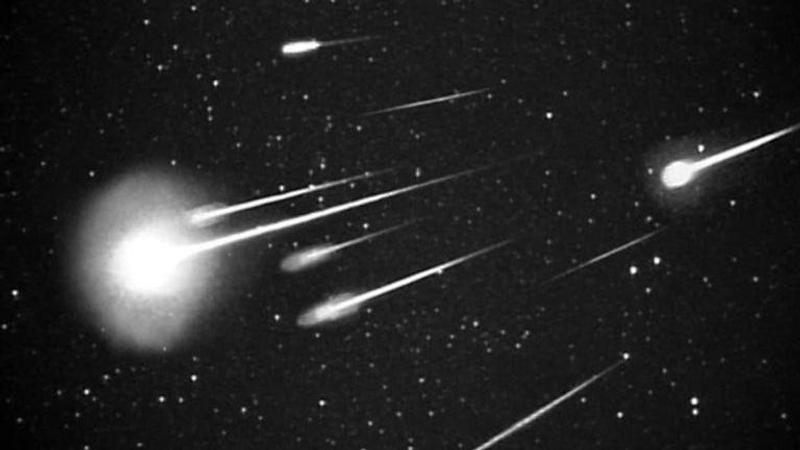Published 15:47 IST, November 18th 2020
Leonid Meteor Shower to be Visible Across India From Today | When And Where to Watch
People across India will be able to witness the celestial wonders of Leonid Meteor Shower between midnight and the break of dawn on November 17 & 18.

As per reports, people across India will be able to witness the celestial wonders of Leonid Meteor Shower between midnight and the break of dawn on November 17 and 18. As the Leonid meteor shower will be more in the northern hemisphere, people will be able to see it with their naked eyes. This year, these meteor showers are active from November 6 to 30.
The Leonids emerge from the comet Tempel-Tuttle, which takes approximately 33 years to complete one revolution around the Sun. Travelling at a speed of 71 km per second, these meteors are bright and among the fastest moving. According to the latest reports, during this year's showers, people can expect to see a peak of around 10 to 15 meteors every hour.
How to see Leonid Meteor Shower?
The best way to see Leonid Meteor Shower is on a cloudless night when the entire sky is visible and the Moon is not extremely bright. The stargazers can capture the best view of the meteor shower with their naked eyes from locations which are far away from the lights of the city. Leonid Meteor Shower will be most visible after midnight and before dawn.
What is a meteor shower?
A meteor is a space rock, or meteoroid that enters Earth's atmosphere, producing bright streaks of light flashing across the night sky for a few seconds to minutes to even hours. When a number of such meteors pass through the earth's orbit, the phenomenon is called a meteor shower. Meteor showers appear to radiate from one point in the sky, within a short period of time, their glowing trail an effect of the incineration of the celestial debris that zips through the atmosphere at a great speed. Meteor showers are generally named after their 'radiant' or 'constellation', that they originate from. The Draconid meteor shower, for example, originates from the Draco constellation in the far northern sky.
(Image: NASA)
Updated 15:47 IST, November 18th 2020



